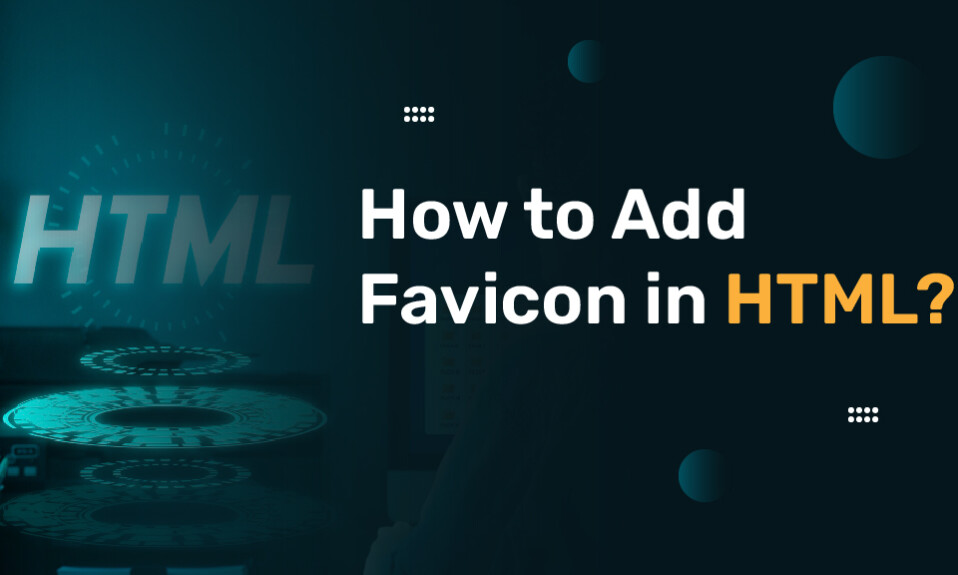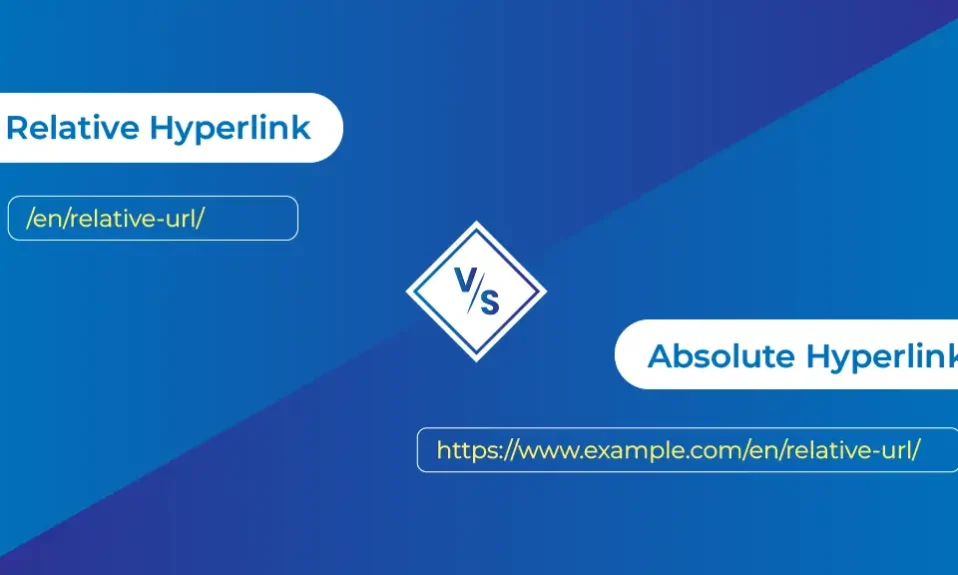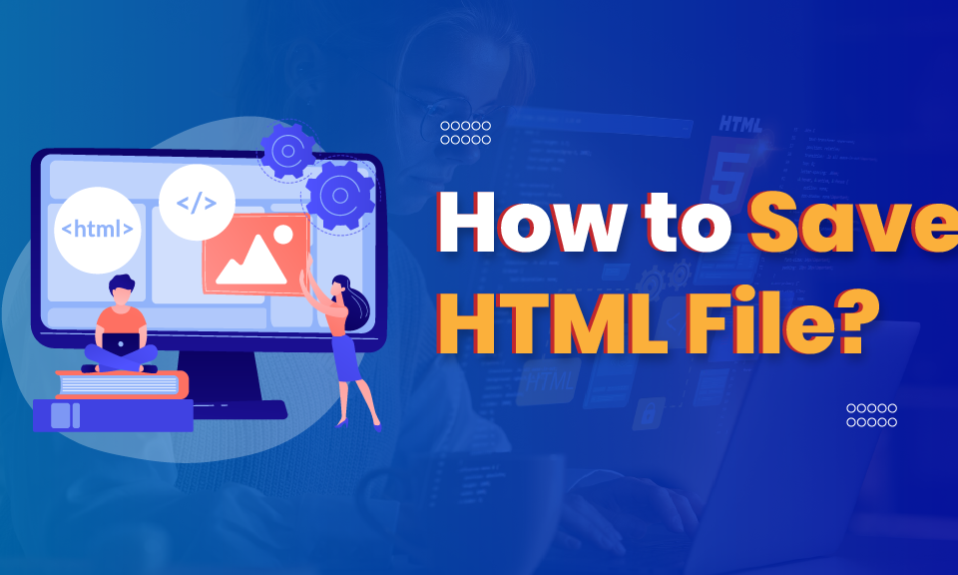Have you ever seen a small icon next to the website title in your browser tab and wondered what it was? That small icon is called a favicon, and it helps in visually representing your website and enhancing user experience. In this quick guide, we will walk you through the process of adding a favicon in HTML.
Key Takeaways
- A favicon is a small image that represents your website.
- The process of adding a favicon in HTML involves creating or choosing a favicon image, saving it in the appropriate file format, linking it in the HTML code, and ensuring its display on various devices.
- Troubleshooting steps may be necessary if the favicon does not display correctly.
What is a Favicon?
A favicon, which means “favorite icon,” is a small image or icon that visually represents your website. It appears in the browser tab, beside the website title, and is designed to help users identify your website quickly and easily from other websites open in their browser.
Generally, the favicon is a unique and recognizable symbol related to your website or brand, such as a logo or a symbol. It serves as part of your website’s branding strategy and helps to create a better overall user experience with your website.
Simply put, a favicon is an essential element of your website that helps to visually distinguish it from others and attract users to your content.
Create or Choose a Favicon Image
To add a favicon in HTML, you need to have a favicon image. You can either create your own using graphic design software or choose from pre-designed favicon images available online. Ensure that the favicon image adheres to certain requirements. First, consider the file format, which can be ICO, PNG, or GIF. Second, ensure that the size is either 16×16 pixels or 32×32 pixels, and third, stick to the recommended resolution to ensure a clear display.
Save the Favicon Image
After creating or choosing your favicon image, it’s time to save it in the correct file format. The recommended file formats for favicons are ICO, PNG, or GIF. Remember to save the file in a location on your computer that is easy to reference later when you add the favicon to your website.
The ICO file format is the most commonly used format for favicons. It supports multiple image resolutions and color depths, making it suitable for different devices and platforms. The PNG file format is also an excellent option as it supports transparency and a higher color depth than the ICO format. The GIF format is another popular option, although it has a limited color palette compared to the other two formats.
Link the Favicon in HTML
Now that you have the favicon image saved, it’s time to link it in your HTML code. To do this, you will need to add a link tag inside the head section of your HTML file. The link tag should have the rel attribute set to “shortcut icon” as it specifies that the linked document is an icon for the website. Additionally, add the type attribute and set it to the appropriate image file type (ICO, PNG, or GIF) of the favicon image. Finally, set the href attribute to the file location of the favicon image on your computer.
Here’s an example of what the code should look like:
<head>
<link rel=”shortcut icon” type=”image/png” href=”favicon.png”>
</head>
Make sure to replace the file name and file type with the appropriate values for your favicon image.
Test the Favicon
After adding the favicon code to your HTML file, it’s important to test if the favicon is displaying properly. Open your website in a web browser and check if the favicon appears in the browser tab. If it doesn’t, double-check the file location and file format of the favicon image and ensure that the HTML code is correctly implemented.
Add Favicon for Different Devices
While adding a favicon to your desktop website is essential, it’s equally important to create different favicons for different devices used by your website visitors. It ensures that the user experience remains the same across various platforms. Modern web development uses responsive web design to cater to different browsers and different devices by adjusting screen resolution and graphics media.
Create a favicon specifically for mobile devices. This custom icon must be optimized for smaller screens. Mobile devices have a higher pixel density, which means a favicon designed for desktop may appear blurry on mobile screens. Include additional code in the HTML to ensure that the favicon is displayed correctly on different platforms such as iOS, Android, Windows, and more.
Troubleshooting Favicon Issues
Adding a favicon to your website is a great way to improve its visual appeal and make it stand out. However, you may encounter problems with the favicon not displaying correctly. Don’t worry, here are some common troubleshooting steps to resolve favicon-related issues:
Clear Browser Cache
Browser cache can sometimes interfere with the display of your favicon. Try clearing your browser cache to see if that resolves the issue. Follow the steps for your particular browser to clear the cache. After clearing cache, refresh your webpage and check if the favicon appears.
Check File Paths
Make sure that the file path of your favicon image is correct and references the exact location of the file on your computer. Incorrect file paths can prevent the favicon from displaying properly. Double-check the file path in the HTML code and ensure it matches the actual favicon image location on your computer.
Ensure Favicon Code is Correctly Placed
Check to see if you have properly placed the favicon code in the head section of the HTML file. Sometimes, placing the code in the wrong section or incorrectly formatting it can cause the issue. Check if the favicon code is correctly written, and make sure the link to the favicon image is accurate.
By following these troubleshooting tips, you can resolve common issues that may arise when adding a favicon to your website. If the problem persists and you are unable to resolve it, don’t hesitate to seek technical support from a qualified professional.
Conclusion
Adding a favicon to your HTML website is an easy and effective way to improve the visual appeal and user experience. By following our guide, you can create a unique favicon image that represents your website and attracts more visitors.
Remember to test the favicon across various devices and platforms to ensure that it displays correctly. If you encounter any issues, refer to our troubleshooting section to fix the problem.
Overall, a favicon is a small but important aspect of your website that can make a big difference. Take the time to create and add a favicon to your HTML site, and enjoy the benefits it brings!
FAQ
How to Add Favicon in HTML?
To add a favicon in HTML, you need to link it in your HTML code using a link tag with the appropriate attributes. The favicon image should be saved in the desired file format (ICO, PNG, or GIF) and should adhere to the required size (16×16 pixels or 32×32 pixels) and resolution. Test the favicon to ensure it is displaying properly.
What is a favicon?
A favicon, short for “favorite icon,” is a small image or icon that represents your website. It appears next to the website title in the browser tab and helps users identify and distinguish your website from others. It enhances the visual appeal and user experience of your website.
How can I create or choose a favicon image?
You can create your own favicon image using graphic design software or choose from pre-designed favicon images available online. When choosing or creating a favicon image, ensure that it meets the required specifications, including the file format (ICO, PNG, or GIF), size (16×16 pixels or 32×32 pixels), and resolution.
How do I save the favicon image?
Once you have created or chosen the favicon image, save it in the appropriate file format (ICO, PNG, or GIF). Remember to note down the file location on your computer as you will need this information to reference the favicon image in the HTML code and add it to your website.
How do I link the favicon in HTML?
To link the favicon in HTML, add a link tag with the appropriate attributes inside the head section of your HTML file. Specify the location and file type of the favicon image in the link tag to ensure that the browser recognizes and displays the favicon correctly.
Which HTML tag is used to set the favicon?
The HTML <link> tag is used to set the favicon (shortcut icon) for a webpage. The specific attribute for indicating the favicon is the rel attribute with a value of “icon”. The href attribute is used to specify the path to the favicon image file.
Here is an example of how the <link> tag is used to set the favicon:
<link rel=”icon” href=”favicon.ico” type=”image/x-icon”>
How do I test the favicon?
After adding the favicon code to your HTML file, it’s important to test if the favicon is displaying properly. Open your website in a web browser and check if the favicon appears in the browser tab. If it doesn’t, double-check the file location and file format of the favicon image, and ensure that the HTML code is correctly implemented.
Can I add favicons for different devices?
Yes, apart from the desktop browser, you can also add favicons for mobile devices and different platforms. To optimize the user experience on various devices, you can create a favicon specifically for mobile devices and include additional code to ensure it is displayed correctly on different platforms, such as iOS, Android, and Windows.
How do I troubleshoot favicon issues?
If you encounter issues with the favicon not displaying correctly, you can take several troubleshooting steps. Clearing the browser cache, checking the file paths of the favicon image, and ensuring that the favicon code is placed correctly in the HTML file are common steps to resolve favicon-related issues.




